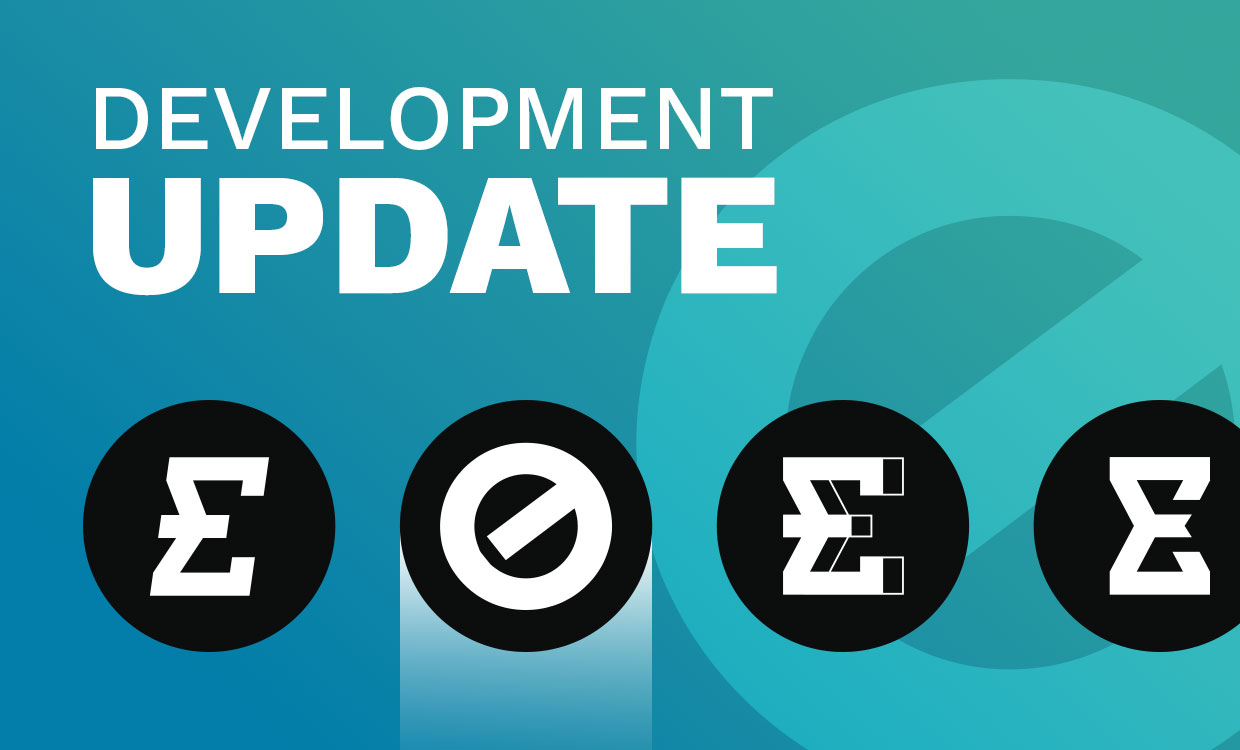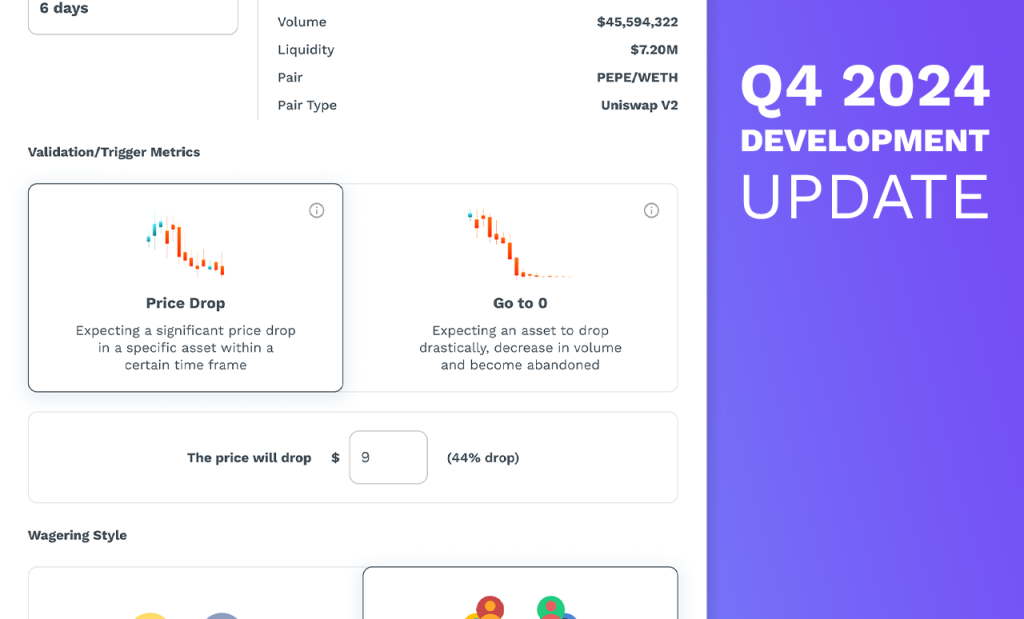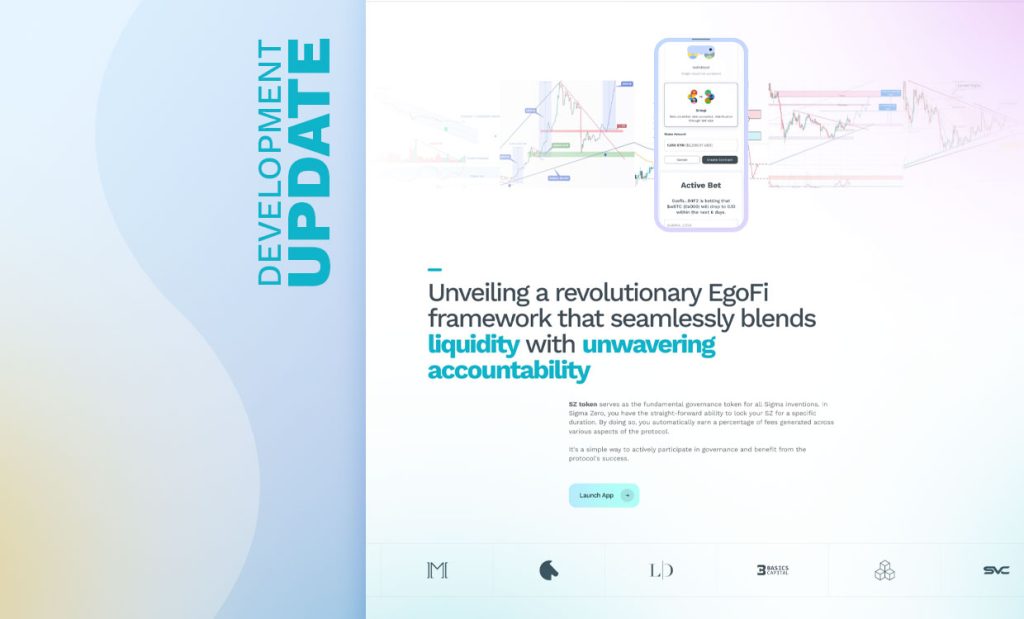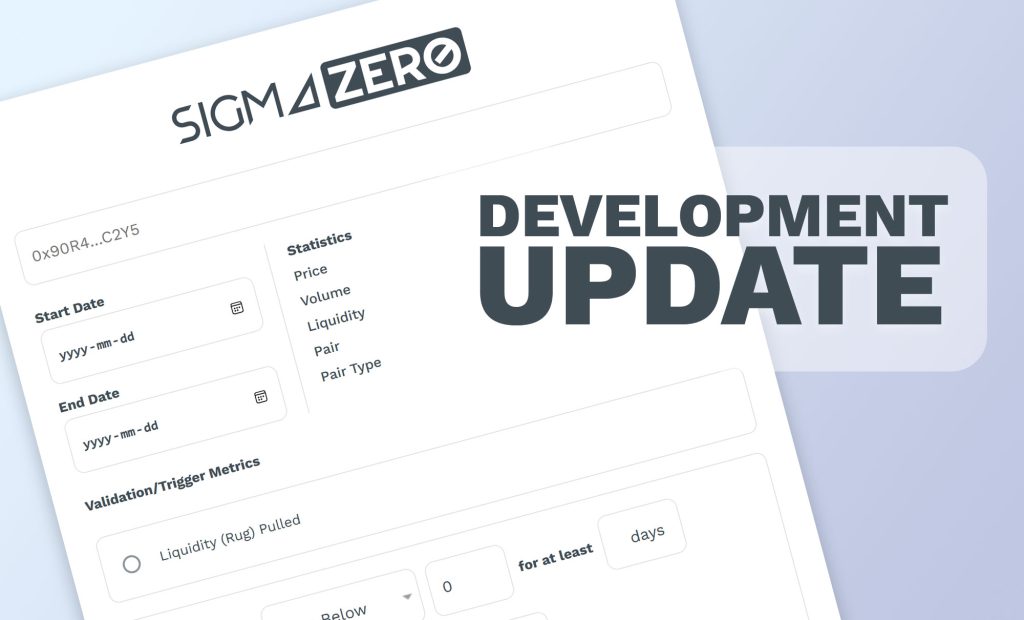Both May and June have been highly progressive, with a focus on optimizing the architecture to handle the recent spike in secondary blockchain ecosystems, particularly Solana. Over the past three months, we have witnessed a significant surge in token deployments on blockchains with much lower transaction fees. This optimization aims to enhance our platform’s usage, efficiency and scalability, accommodating the growing demand and diverse blockchain activities. The improvements are expected to provide a seamless experience for users leveraging these emerging, cost-effective blockchain solutions, ultimately leading to the accessibility of a significantly larger number of tokens.
Although placing bets on SPL tokens will be supported in the upcoming release, actual token and asset integration will remain exclusively on the Ethereum network, utilizing ETH. As demand increases, we will evaluate the implementation of native tokens from other Layer 1 networks and the core integration of our proprietary token to enhance accessibility.
This strategic approach ensures a robust foundation on Ethereum while allowing for future scalability and adaptability across additional blockchain ecosystems as user needs evolve.
Finalizing Necessary Modifications
The current smart contract implementation uses several enums to structure bets/positions. However, enums are defined at compile time, which limits their flexibility for future updates which poses a big issue as crypto markets move very quickly. Instead, a mapping of supported chains will be implemented. This new approach allows for greater extensibility and adaptability, as new chains can be added dynamically without the need for any redeployment. The main reason for this particular change is to accommodate the rise in Solana activity while have access to immediate on-chain activity as many tokens don’t make the cut to many crypto indexes such as CoinGecko and CoinMarketCap which were the original go-to for token metadata.
This specific change simplifies the contract structure and enhances its scalability by removing the constraints associated with static enums. Minor additional changes have been added to this upcoming sprint to ensure compatibility with the changes:
Back-End
The token service (https://github.com/sigma0000/sigma-zero-backend-dev/blob/main/src/services/token.ts) will be updated along with tangential modules.
Front-End
The UI components are being updated to incorporate proprietary features of individual chains. This will provide an easy experience in finding tokens across many highly used blockchain ecosystems with next to zero latency. The moment a token is deployed, Sigma Zero will have indexed the contract immediately.Points Based Reward System
A points-based rewards system is being adopted by Sigma Zero. We believe it will be highly beneficial for everyone as it incentivizes user engagement and loyalty. Participants earn points through various activities such as betting, opening positions, or referring new users, which can then be exchanged for future native tokens. This system not only increases user participation and retention but also creates a sense of community and competition. Additionally, it provides a fairer distribution of rewards, ensuring that active and committed users are appropriately recognized and rewarded, ultimately creating a more robust and dynamic ecosystem.
PMF Focus
Since switching our focus to PMF, our team has been more confident in what is being developed. Having product-market fit (PMF) in a crypto project is crucial because it ensures that the product addresses a genuine need or problem within the target market. Achieving PMF means that there is a demand for the product, users find it valuable, and it has the potential to do well into the future. This alignment between the product and market needs helps in building a loyal user base, creating community engagement, and driving long-term success. Without PMF, even technically sound projects may struggle to gain traction and retain users.
Many crypto projects fail because they are primarily driven by hype rather than genuine utility or demand. These projects often launch with extensive marketing campaigns and speculative excitement but lack a solid foundation or real-world application. As the initial hype fades, users lose interest, and the project fails to sustain engagement or growth. Without a compelling value proposition or a clear solution to a problem, these hype-based projects become irrelevant and underutilized, leading to their eventual decline.
Changes to Tokenomics
We are aiming to adjust our tokenomics to align with an influx of new liquidity entering the market. This adjustment will involve a reduction in the vesting periods for early contributors, thereby ensuring a more equitable distribution of tokens. By doing so, we aim to create a more attractive landscape for all participants while rewarding early supporters in a balanced and sustainable manner. This strategic realignment is designed to reduce risk while having a focus on future expansion.
Leveraging our experience, we believe that selecting arbitrary time locks is a risky move at this moment and will solidify strategy as we near our product release, as both under-vesting and over-vesting can cause significant issues with volatility and sentiment. These issues will adversely affect future and existing contributors. Based on what we are currently seeing in the market and keeping track of other fellow projects following the legacy route, such decisions can lead to a loss of confidence and stability, undermining our vision and sustainability plans. Therefore we are proposing to adopt a well-considered approach to vesting schedules which can be solidified when the application is in the hands of the general public, ensuring they are fair and balanced to support the interests of all stakeholders effectively.
In a perfect storm, our goal is to come to the market with a wildly adopted product then introduce its native token through a point based reward system leading into a liquid market with minimal vesting for all earlier contributors.
Roll Out Plan
Our roll-out plan deviates from the norm by prioritizing a product-first approach. By validating users, demand, and growth, we can ascertain that the introduction of a token can provide significant advantages to the ecosystem through various revenue-sharing and platform incentive mechanics. This strategy ensures that the incorporation of a token is both beneficial and strategically aligned with our long-term goals, leveraging user engagement and platform development to create a robust and sustainable ecosystem.
Rebrand Status
Evolution and market changes have forced us to be not only creative but develop something more compelling and attractive. In response, we are finishing new assets to herald the forthcoming launch of Sigma Zero. These new assets not only reflect our commitment to innovation but also aim to capture the attention and interest of our target audience. By doing so, we ensure that Sigma Zero stands out in the competitive landscape, poised to deliver unique addicting value and redefine market expectations.

We are looking forward to closing on these major changes:
- Introduction of a brand new community on both telegram and discord
- Unveiling the Sigma Zero v1 application with a dedicated roadmap leading into the future
- All new marketing assets, including promotional materials, social media content, ads, banners, and infographics
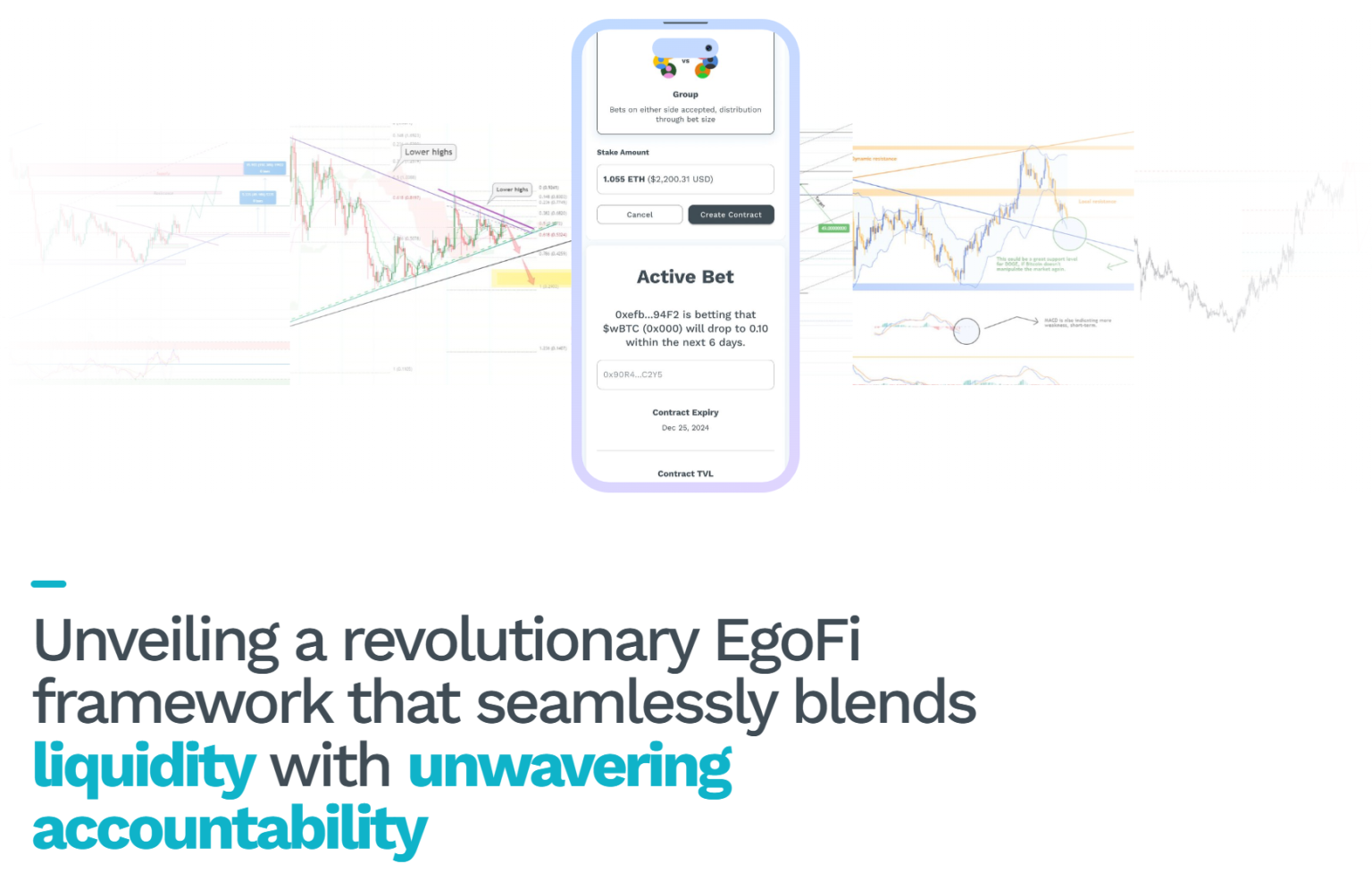
We are thrilled to announce that our exciting new changes to socials and community initiatives are set to roll out in August. These updates are designed to enhance user engagement, create a of community outside contribution, and bring a fresh dynamic to our interactions. Expect innovative features, more interactive content, and vibrant discussions that will elevate our community experience. We are eager to see how these enhancements will drive our growth and solidify our position as a leading player in the crypto space.


